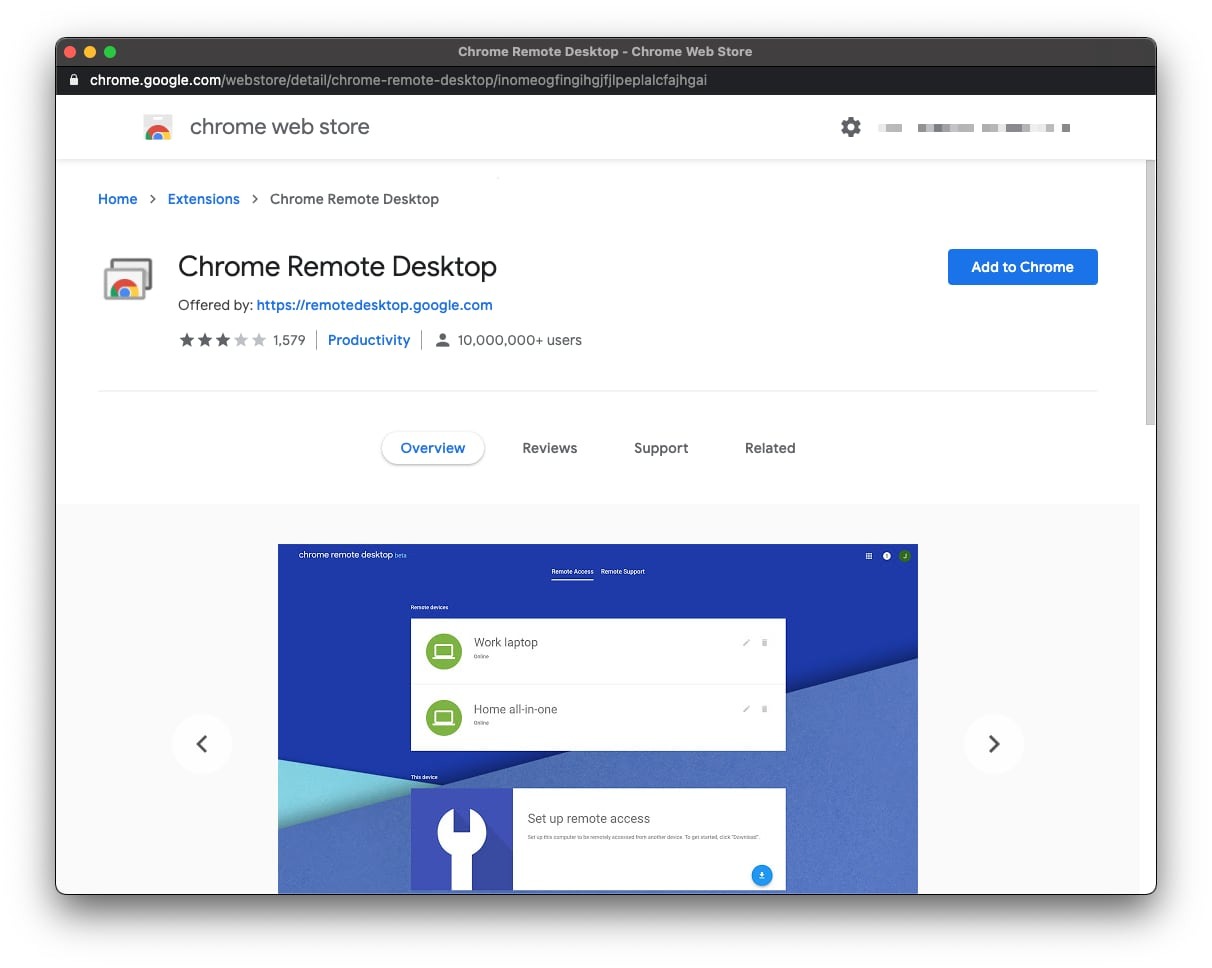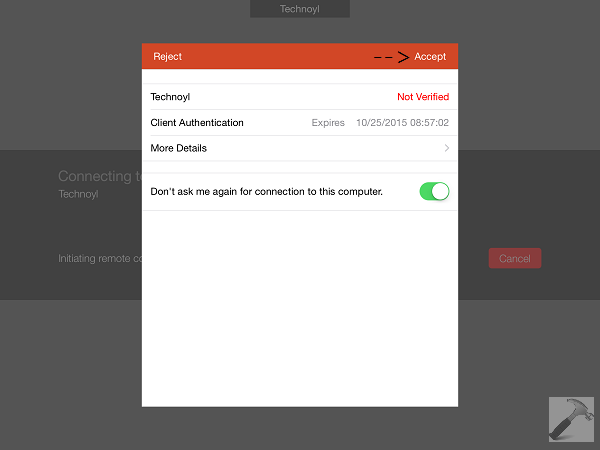

Go to the Azure portal to connect to a VM. To start the VM, select Start at the top of the page. On the Overview tab, in the essentials section, verify the status of the VM is Running. To learn more about adding a public IP address to an existing VM, see Associate a public IP address to a virtual machine If you see an IP address next to Public IP address, then your VM has a public IP. To check if your VM has a public IP address, select Overview from the left menu and look at the Networking section.
You should now have an RDP rule in the table of inbound port rules. If there isn't a rule, add one by selecting Add Inbound port rule. If the rule exists, you can move to the next section. On the Networking page, check to see if there is a rule which allows TCP on port 3389 from the IP address of the computer you are using to connect to the VM. On the page for the VM, select Networking from the left menu. To check if the TCP port is open (assuming default): You can validate an appropriate port is open for RDP using the troubleshooter or by checking manually in your VM settings. In order to connect to a Windows Virtual Machine via RDP you need TCP connectivity to the machine on the port where Remote Desktop service is listening (3389 by default). To connect to a Windows VM from a Mac, you will need to install an RDP client for Mac such as Microsoft Remote Desktop. 
You can create a remote desktop connection to a virtual machine (VM) running Windows in Azure.

Applies to: ✔️ Windows VMs ✔️ Flexible scale sets







 0 kommentar(er)
0 kommentar(er)
